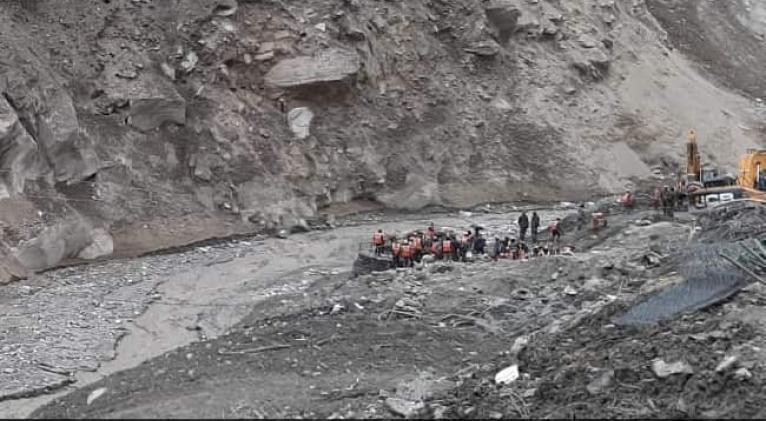Floods From Glacial Lake Outbursts Pose A Threat To Millions Worldwide: Report
especiales

As a result of the melting of glaciers brought on by global warming, populations near water sources are at risk of flooding, which poses a hazard to human existence. These melting glaciers are putting the lives of millions around the world at risk of flash flooding.
According to a new study, glacial lake outburst floods (GLOFs) represent a major hazard and can result in significant loss of life. Globally, since 1990, the number and size of glacial lakes have grown rapidly along with the downstream population, while socio-economic vulnerability has decreased. Nonetheless, current global exposure and vulnerability to GLOFs has never been quantified. Here we show that 15 million people globally are exposed to impacts from potential GLOFs.
The study further stated that populations in High Mountains Asia (HMA) are the most exposed and on average live closest to glacial lakes, with 1 million people living within 10 km of a glacial lake. More than half of the globally exposed population is found in just four countries: India, Pakistan, Peru, and China.
Danger is highest, they report in a study published in the journal Nature Communications, when a large number of people live near a lake.
"Our work does not just focus on the size or number of glacier lakes-no disaster is natural-it is the presence of people, especially vulnerable people, in the landscape that causes a disaster," said Stuart Dunning, a physical geographer at Britain's Newcastle University, and a co-author of the study.
Glacial lake outburst floods are projected to worsen in a warming climate.
Collectively, the world's glaciers lost about 332 gigatonnes of ice a year between 2006 and 2016. Since 1990, the number and volume of glacial lakes worldwide have each increased by about 50%.
In the high mountains of Asia, some 9 million people live near more than 2,000 glacial lakes. In 2021, more than 100 people were killed in India in an outburst flood in its northern mountains.
Compared with mountain glaciers in the Alps and North America, Asia's icy places are not as well monitored - most lack long-term observations of how they have changed over time.
The best-studied glacier in the Himalayas is north India's Chhota Shigri, which has 20 years of mass balance measurements - the difference between how much ice a glacier gains and loses in a year.
In 2022, India suffered blistering temperatures, and near the end of the year, scientists headed into the Himalayas to measure Chhota Shigri's mass.
Their findings, shared with Reuters, revealed the best-studied glacier in the Himalayas had experienced its worst year on record; Chhota Shigri lost three times as much mass in 2022 compared with its 2002-2022 yearly average.
From 1990 to 2015, glacier coverage in the Himalayas shrank by about 11%, according to a July 2022 study.
During the same time period, Himalayan glacial lakes increased by about 9% in number, and 14% in area. According to 2022 research, more than 200 lakes now pose a very high hazard to Himalayan communities.














Add new comment